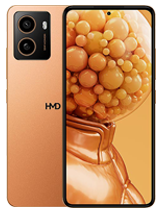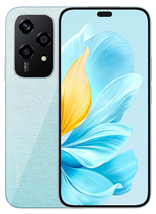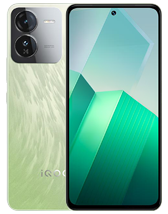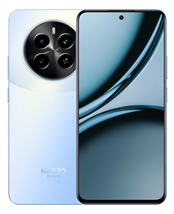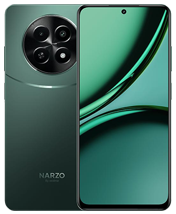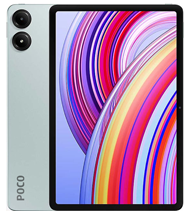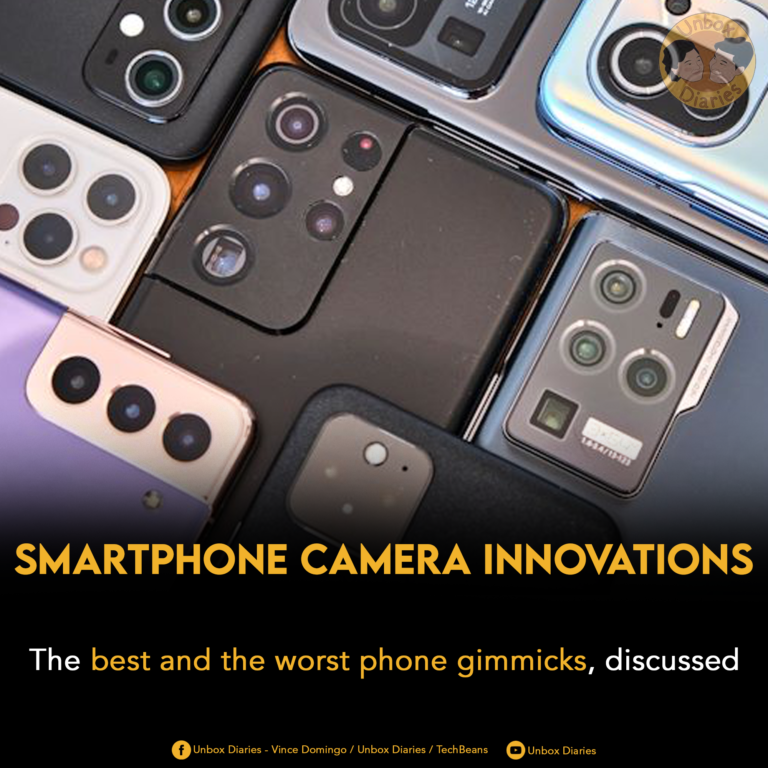Smartphone cameras have come a long way since their inclusion over two decades now— but not every innovation is great, so let’s list the best and worst of it
Since their inception, smartphone cameras have advanced significantly from being nothing more than low-resolution sensors with few features and no zoom.
Smartphone manufacturers have made significant advancements in camera technology over the past ten years, introducing a number of innovations that have revolutionized the way we take and share pictures.
In this article, we will examine the best and worst smartphone camera innovations from 2012 up to the present day.
Best Smartphone Camera Innovations
#1: Dual Cameras

The advent of dual-camera systems has been one of the biggest advancements in smartphone cameras in recent years. These systems have two lenses that cooperate to take more realistic and detailed pictures.
Typically, one lens is a wide-angle lens, and the other is a telephoto lens with an optical zoom. Users are now able to take better-looking photos without the use of additional equipment thanks to this innovation.
#2: Night Mode

The addition of night mode to smartphone cameras is another noteworthy advancement. Thanks to this feature, users can take crisp, well-lit pictures even in dim lighting.
In order to create a single, properly exposed image in night mode, a series of images are taken using various exposure settings. This feature has transformed low-light photography and enabled users to take beautiful pictures in difficult lighting situations.
#3: Optical Image Stabilization (OIS)

OIS is a technology that aids in reducing camera shake, producing images that are more sharper and clearer. By using sensors to detect camera movement, this technology adjusts the lens to account for it.
The quality of photos taken in low light or when using the zoom feature has significantly increased as a result of OIS, which is now a standard feature on many high-end smartphones.
#4: Portrait Mode

Another popular innovation in smartphone cameras is portrait mode. This feature uses depth-sensing technology to create a blurred background effect, also known as bokeh.
Portrait mode has become a favorite feature for users who want to capture professional-looking portraits of their friends and family. This feature is also commonly used by influencers and content creators on social media platforms like Instagram and TikTok.
#5: Ultra-Wide Lens

Another significant advancement in smartphone cameras is the ultra-wide lens. Landscapes, gatherings of people, and other scenes that would have been challenging to photograph with a conventional lens can now be captured thanks to this lens’s much wider field of view than with conventional lenses.
A popular feature on many high-end smartphones and a favorite among photographers and videographers is the ultra-wide lens.
Worst Smartphone Camera Innovations
#1: 3D Cameras

One of the first smartphones to feature a 3D camera was the HTC Evo 3D in 2012. Users could take 3D photos and videos with the camera, which could be viewed on the phone’s glasses-free 3D display.
However, the function was not widely used, and the majority of smartphone makers gave up on the innovation soon after it was released.
#2: Single-LED Flash

Early smartphones frequently had single-LED flashes, which were frequently insufficiently powerful to illuminate the screen adequately in low light.
The end result was frequently blurry, dimly lit, and low-quality photographs. Dual-LED or even triple-LED flashes, now found on most high-end smartphones, offer significantly better lighting for pictures and videos.
#3: Zoom Cameras

Numerous manufacturers introduced cameras with built-in zoom lenses in the early days of smartphone cameras.
However, the images produced by these zoom lenses were frequently blurry and of low quality. Nowadays, the majority of smartphone cameras have digital zoom, which improves the image quality through software rather than a physical zoom lens.
#4: Beauty Mode

Beauty mode is a feature that applies digital filters to photos to smooth out skin and remove blemishes. While this feature may be popular among some users, it can often result in unrealistic and even unnatural-looking images.
Additionally, the use of beauty mode can perpetuate harmful beauty standards and promote unrealistic expectations of what people should look like.
#5: 8K Video
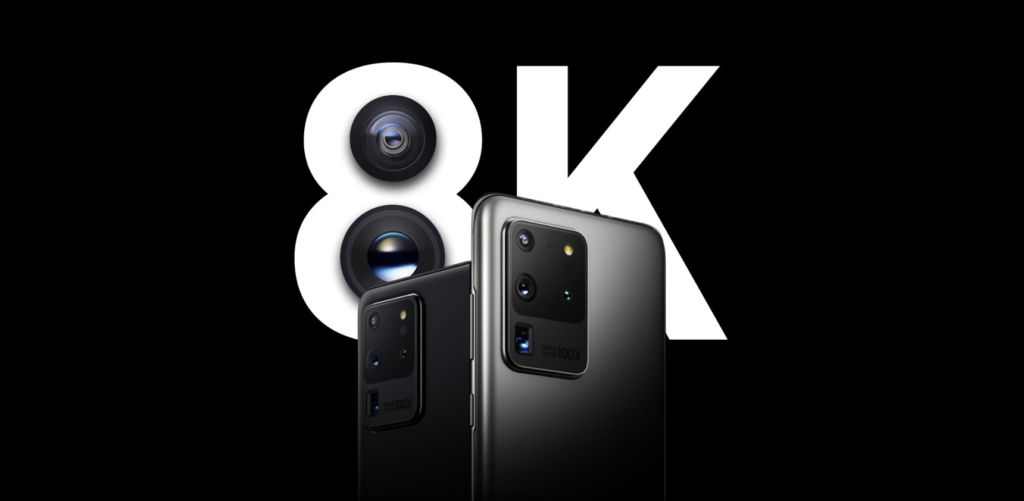
Samsung made 8K video recording available on its Galaxy S20 line of smartphones in 2020. Even though 8K video may seem impressive, the majority of people lack the necessary hardware and software to view or edit 8K content. Additionally, 8K video can be difficult to work with on most devices and requires a lot of storage space.
Conclusion
Since the early days of low-resolution sensors and limited features, smartphone cameras have advanced greatly. Smartphone cameras have introduced a variety of innovations that have changed the way we take and share photos, from dual cameras to night mode and OIS.

While some technological advancements, such as dual cameras and night mode, have changed the game, others, such as 3D cameras and beauty mode, have either failed to find a wide audience or have come under fire for encouraging unhealthful beauty standards.
It will be interesting to see what new camera innovations are introduced as smartphone technology develops and how they will affect how we take and share pictures.

